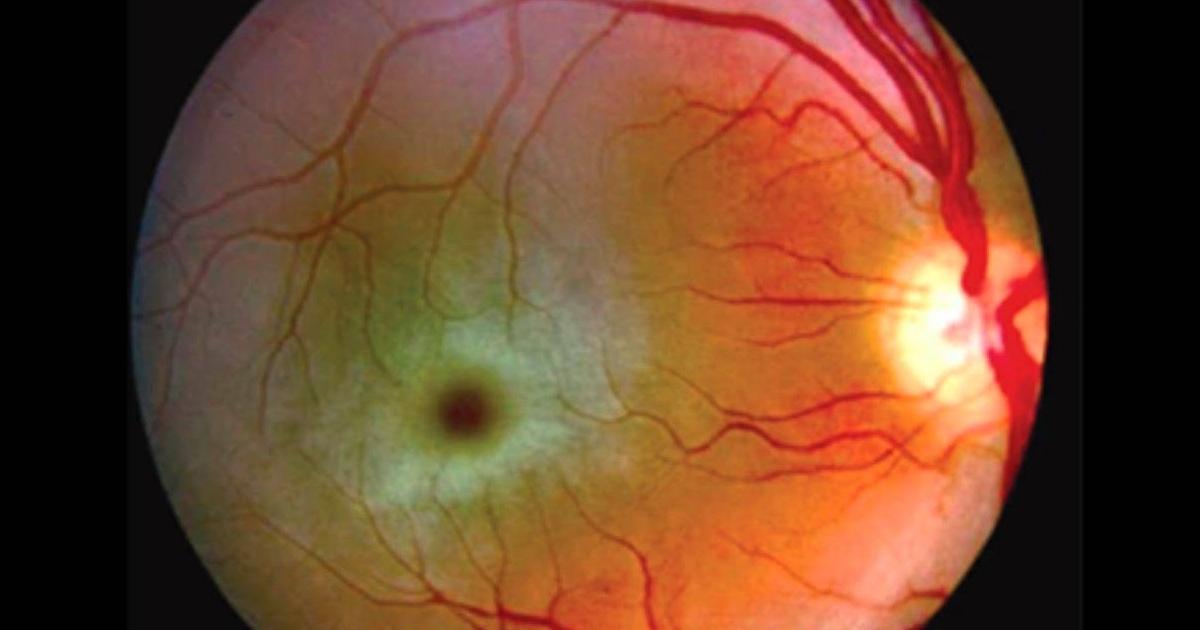Guide To The Symptoms Of Tay-Sachs Disease
Tay-Sachs disease is a rare hereditary disorder that occurs when the body lacks an enzyme that can break down fatty substances. These substances, gangliosides, accumulate in the child's brain until they reach toxic levels. They cause the nerve cells to stop functioning properly. Progression of the disease causes a loss of muscle control, which leads to eventual blindness, muscle paralysis, and death.
For prospective parents with a Tay-Sachs disease family history, doctors recommend genetic counseling and testing before trying to conceive. Genetic counseling is also recommended for individuals in high-risk groups like Ashkenazi Jewish people, some French Canadian groups in Quebec, the Old Order Amish community located in Pennsylvania, and Louisiana's Cajun community.
Muscle Weakness

The first symptoms typically appear when an infant is around six months old. Muscle weakness is one of the most common. Sometimes, muscle weakness and low muscle tone will become apparent when the child is as young as three months old. Parents will often observe the child's muscles contract suddenly as they fall asleep, otherwise known as myoclonic jerks. These jerks can cause children to startle awake and, in general, to startle more easily. Some children have learned to sit up by the time the first symptoms become apparent enough to interfere with day-to-day life.
The muscle weakness may cause them to lose their ability to sit up, move around with their hands and legs, or employ other mobility skills. When the child fails to meet physical developmental milestones, they may be evaluated by a physician. If genetic tests are done, this may confirm the Tay-Sachs disease diagnosis. However, some physicians may fail to diagnose the child until symptoms become extremely severe.
Cherry Red Spots In The Eyes

The defining hallmark of Tay-Sachs disease is the 'cherry red spot.' This spot distinguishes the disease from many other genetic developmental disorders, though it's not exclusive to Tay-Sachs disease. Other types of hexosaminidase A deficiency may cause red spots as well, but not as commonly. Red spots may also develop in patients with certain other neurometabolic conditions or central retinal artery occlusion.
The redness is caused by the accumulation of lipid in the retinal ganglion cells. This spot may appear for the first time a few hours after the retinal artery is blocked. It becomes visible because the macula continues to receive blood supply from alternative arteries, but the retina is pale because it has no blood flow, leading to permanent retinal damage and vision loss. Blindness typically sets in when a child is between eight and ten months old.
